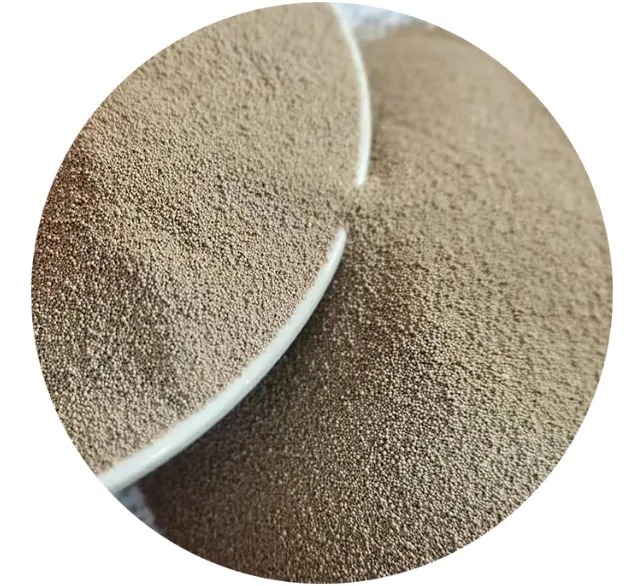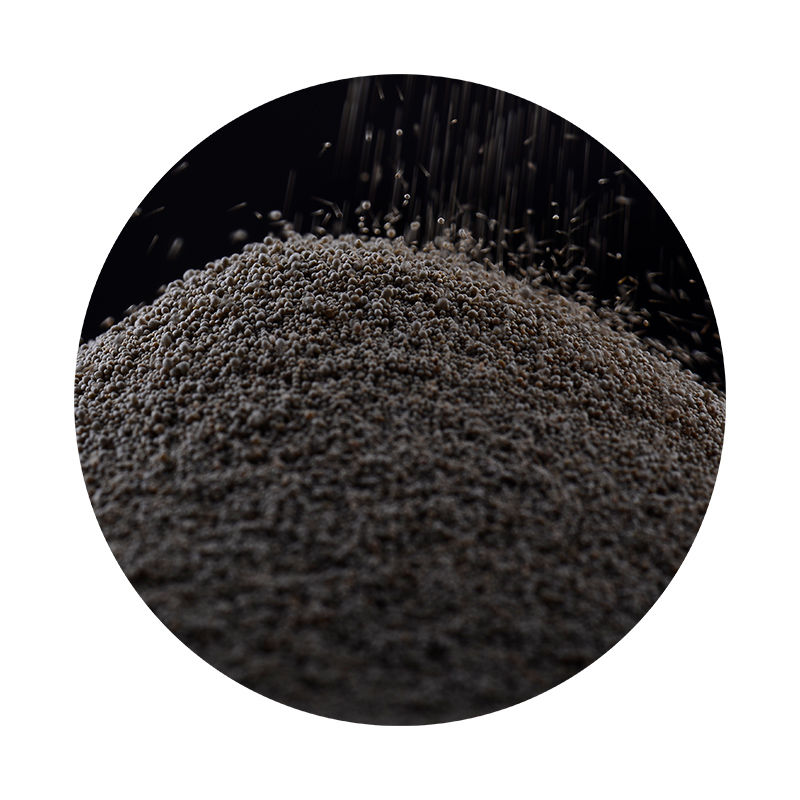Sanding ceramic is a nuanced process that can make or break the quality and finish of ceramic products. Whether you're a professional in the ceramics industry or a passionate hobbyist, understanding the intricacies of sanding ceramics can elevate your creations to new heights. Our team of experts, with decades of collective experience, presents a comprehensive guide on mastering this critical skill.

Ceramics, known for their durability and aesthetic appeal, require precision when it comes to sanding. The process not only smoothens the surface but also prepares it for subsequent treatments like glazing or painting. Our experts emphasize the importance of selecting the right tools. Sanding blocks and specialty sandpapers with various grit levels are indispensable. A common mistake is using overly coarse sandpaper, which can scratch and damage the surface. For most ceramics, starting with a 400-grit sandpaper and gradually moving to a finer grain, such as 1200-grit, is recommendable.
Expertise in sanding ceramics involves recognizing the unique properties of different ceramic materials. Porcelain, earthenware, and stoneware each have distinct characteristics that influence the sanding approach. Our specialists have identified porcelain as particularly challenging due to its hardness and propensity for chipping. A gentle hand and patience are critical here. The sanding should be conducted under consistent light to catch any imperfections early.

The workspace environment plays a pivotal role in successful ceramic sanding. A clean, dust-free area prevents contaminants from marring the ceramic surface. Adequate ventilation not only ensures personal safety but also maintains a high-quality workspace. Dust masks and goggles are essential protective gear, underscoring our commitment to safety alongside process excellence.
sanding ceramic
For a reliable finish, the use of water with sandpaper—known as wet sanding—is championed by many artisans in our network. Wet sanding minimizes dust and helps achieve a smooth surface by keeping the grain of the sandpaper clear of debris. This technique also reduces friction, which decreases the risk of overheating and subsequent damage to the ceramic piece. Our authoritative insights highlight this method as a must-try, particularly for larger or more delicate ceramic projects.
Building trust with clients and customers starts with transparent and effective communication about care and maintenance post-sanding. We urge professionals to inform clients about the best practices for preserving the smooth finish, such as gentle handling and avoiding abrasive cleaners. In collaborative settings, comprehensive guides or workshops can be offered to enhance understanding and foster long-term satisfaction with the product.
Finally, the commitment to innovation in sanding techniques and tools cannot be understated. Consultations with leading tool manufacturers and ceramic experts are key to staying ahead. By investing time in learning about cutting-edge materials and methods, you ensure your proficiency remains at the forefront of the ceramics industry. This dedication not only beautifies the final product but solidifies your status as a trusted authority in the field.
In conclusion, the art and science of sanding ceramics is a testament to skill, patience, and knowledge. By refining your methods and staying informed on best practices, you not only enhance the aesthetic and tactile qualities of your ceramics but also position yourself as a leader in the industry. Our expertise and authoritative guidance ensure that your journey in ceramic sanding is informed, safe, and ultimately, rewarding.
Post time:Januari . 06, 2025 18:50
Next:ceramic sand
